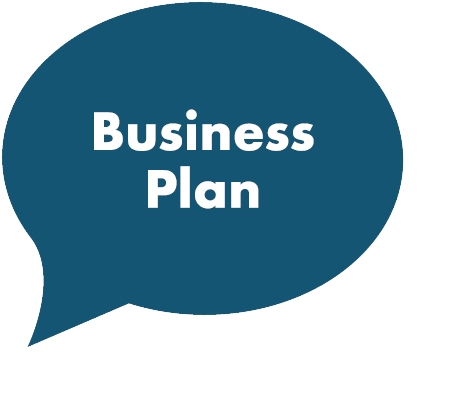Fritz Sybergs Vej 9
DK 8270 Hojbjerg
Scandinavia
info@dynamicbusinessplan.com


Business-to-Business Market
There is a difference selling to companies and private individuals. Below is an angle of approaches to the business-to-business market.
Business-to-business market (B2B) characteristics:
- Few buyers in relation to total number of consumers
- Large-scale orders
- A relationship between buyer and seller can be established
- Potential customers are easy to single out/segment
- More persons are involved in a purchase
- Professional purchasing methods based on information and rationality
- Focus is on price and cost-saving
Purchase Methods
Three pervading purchasing principles are applied by companies:
- Straight re-buy - you buy the same as usual. Usually office
supplies, coffee, etc.
- Substantial repurchase - before buying, you consider whether the
requirement, design, or technology has changed since last time. This could
be PCs, courses, or technological equipment.
- New purchase - you want to check the market for the most favourable offer meeting the requirements set out by the company
Example of a business-to-business purchase
A new purchase or repurchase in the business-to-business market can be illustrated in terms of a company wanting to replace their warehouse door.
1) Problem identification
The company identifies its problem: We need a warehouse door, or: Our main
warehouse door is defective. Will the budget allow for such a purchase?
2) Determination of requirement characteristics
The company defines its requirement: Should the door be manually operated,
or should it be automatically activated by photocells?
3) Product specifications
The company determines the type of door needed: Size? Metal or another
material?
4) Tracking down potential suppliers
The company checks their supplier file: Where did we get the existing door?
Or: Who supplies warehouse doors?
5) Making analysis and obtaining quotations
The company may ask you and other potential suppliers to come and take
measurements for the door. The company requests a quotation for the delivery of
the door, and may also ask you to state references.
6) Evaluation and negotiation of quotation and choice of supplier
The company compares the quotations received: Which one is cheapest? The
most expensive? Will we get value for money? Advantages and disadvantages of
both? Any guarantee that you or another supplier will be able to carry out the
task proficiently?
7) Placing an order
The company chooses a supplier and rejects those not chosen.
8) Check-ups on supplier and delivery
The company follows up on its order: Will you be able to deliver the door on
time? The company tests whether the door functions according to their order.
A similar process would be applied if the company were to commission a large
translation project, a company progress report, or implementation of a new
accounting system.
Of course, if the manager is your uncle then you might not have to go through
all of these steps.

Evaluate opportunities based on whether the downside is acceptable, rather than on the attractiveness of the predicted upside.
- Saras D. Saravethy, professor in entrepreneurship























































